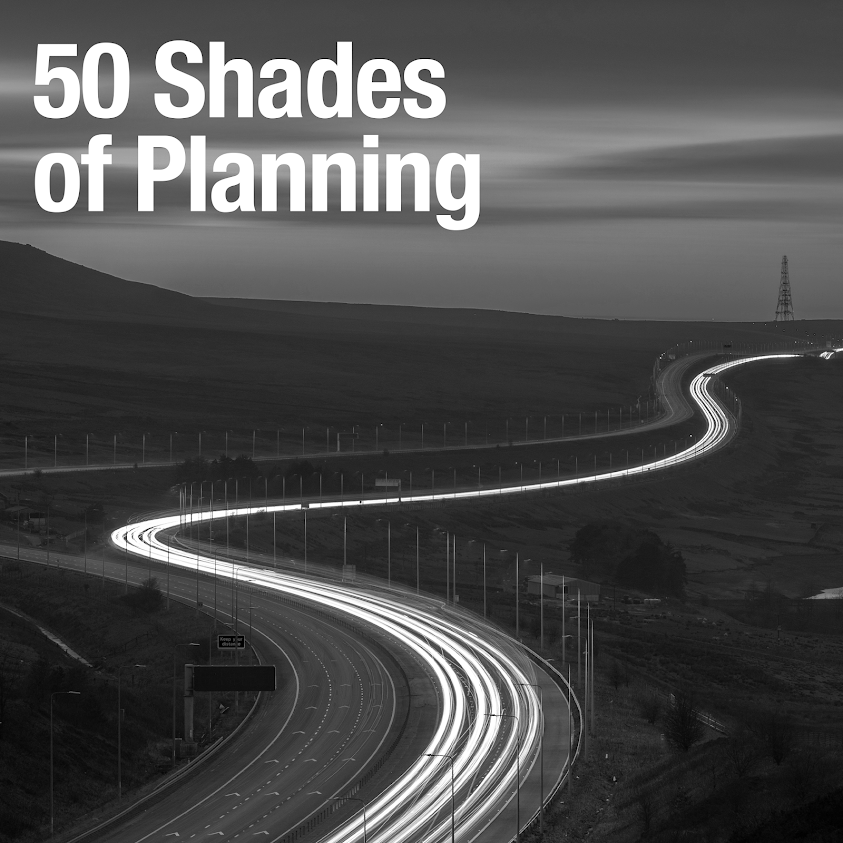Here we go again. Ed Miliband will warn again today of the evils of land banking. “Across our country”, he cautioned in June, “there are landowners with planning permission, sitting on land, waiting for it to accumulate in value and not building on it”.
Developers who sit on land banks, he will apparently say today, will be hit by a “use it or lose it” law and Councils will be given the right to impose escalating fees backed up by new compulsory purchase powers.
The same call has been made by Boris Johnson, who has criticised “pernicious land banking” for being “against London’s economic interests”.
Are these cross-party warnings evidence of a legitimate issue or do they reflect a soft and misunderstood target that fills speeches and generates headlines?
For the sake of this blog let us assume that applicants for planning permission break down into three categories: the private landowner (let’s say a farmer), the volume PLC housebuilder, and the land investment company. Let us also assume that securing the principle of development through an allocation in the local plan costs, say, £50,000, and that a planning permission for a development that might make a significant contribution to a Borough’s housing requirement, say 250 homes, costs £200,000.
A private landowner who had spent £250,000 promoting my land through a development plan and securing an outline planning permission would, I would be suggest, be keen to sell that land to a housebuilder and go on holiday with the proceeds as soon as possible.
The housebuilder, who is more risk averse than, say, 5-10 years ago because of the financial control being exerted by shareholders and funders, is less likely in the current climate to fund promotion through the planning system and more likely instead to pay a premium for a site with a planning permission. Having paid for the site, including that premium for it being ‘risk-free’, the housebuilder would be looking to minimise as much as possible the time between outlay and return.
There is a role for the third party, the land investment company, because the promotion of land through the planning system is often prohibitively expensive for private landowners and prohibitively risky for housebuilders. A land investment company will promote land on behalf of another party and share in the uplift in value when that land is sold for development. Having invested, let’s say, £250,000 to secure a promotion, though, that company will also be keen to secure a return as soon as possible.
In a continued climate of low housing completions, the claim that development land is being hoarded unnecessarily as landowners wait for values to increase is an easy one for politicians to make. It ignores though the need for a return on investment and assumes at the same time that values will rise sufficiently to compensate for holding costs. House prices in the North West, for example, the key driver of land value, remain well below the 2007 peak and only modest year-on-year growth is predicted. This, in the regions at least, is the new normal.
Research from Savills suggests that, far from hoarding, the number of unbuilt plots with planning permissions held by the top eight housebuilders fell by around 100,000 between 2007 and 2012, as land buying slowed and existing stocks were built out. Relative to recovering build rates, the supply of land held by housebuilders is in fact falling. In 2009 the volume of permissions held by the top eight peaked at 7.5 years (based on prevailing build rates), as the rate of delivery slowed. In 2012, permissions declined to 5.3 years.
If a landowner with planning permission sits on that land and waits for it to accumulate in value then that landowner might reasonably be said to be landbanking. This is fundamentally different though to a housebuilder holding a sensible land supply to account for supply constraints and sites in weaker markets that become vulnerable to prevailing conditions.
Both Kate Barker’s 2004 report (Delivering Stability: Securing Our Future Housing Needs) and the OFT’s 2008 report (Home Building In The UK - A Study) both found no evidence of housebuilders land banking. A better question then might be not what to do to reduce land banking, but what can be done to increase the housing supply pipeline. I have ignored the role of the public sector as a landowner here, but the accusation that “there are landowners with planning permission, sitting on land, waiting for it to accumulate in value and not building on it” must equally apply.
In this author’s humble opinion the housing supply pipeline will not increase for as long as it is too expensive for private landowners and too risky for housebuilders to promote land through the planning system. The attention of Messers Miliband, Johnson, et al would be better directed in this direction.

Comments
Post a Comment